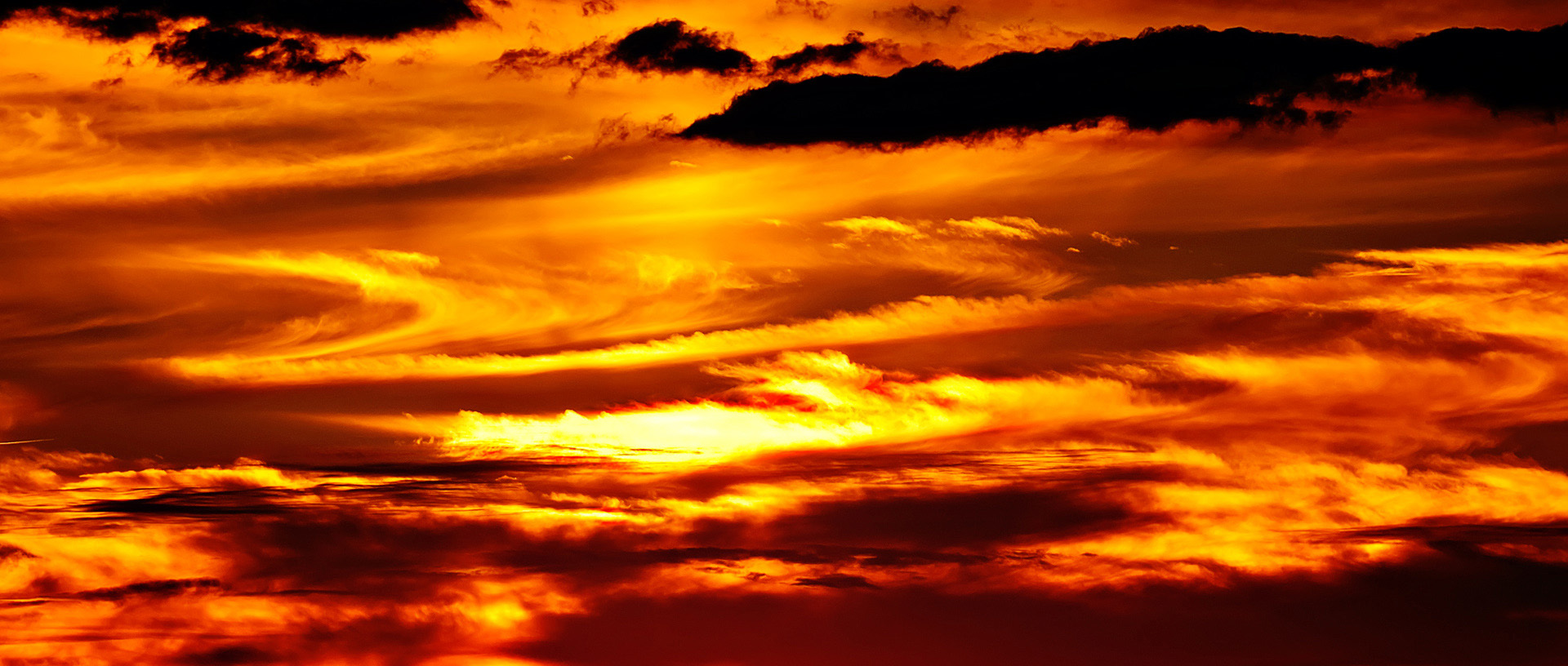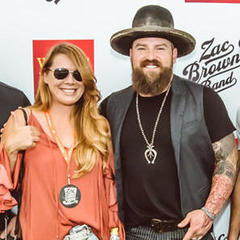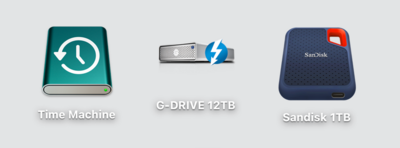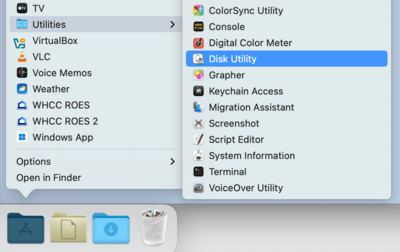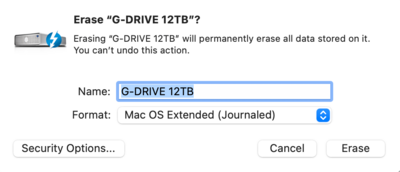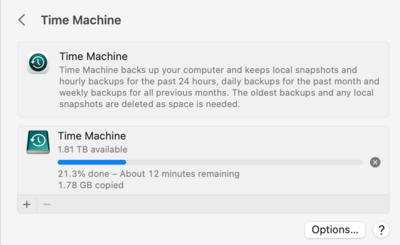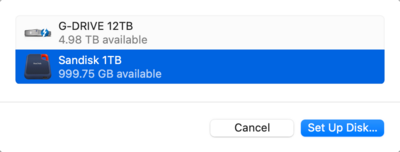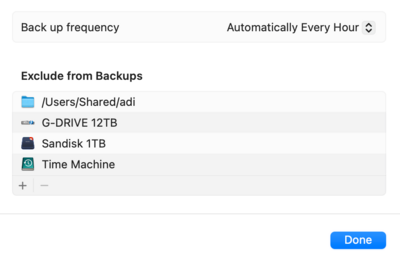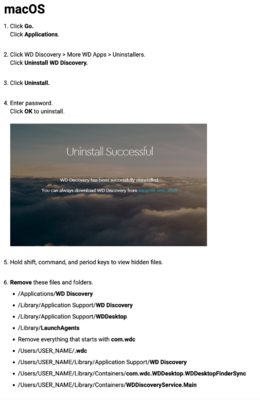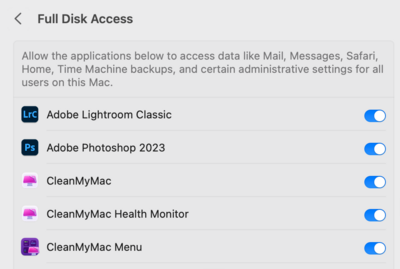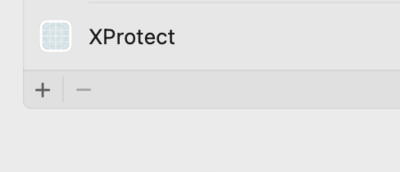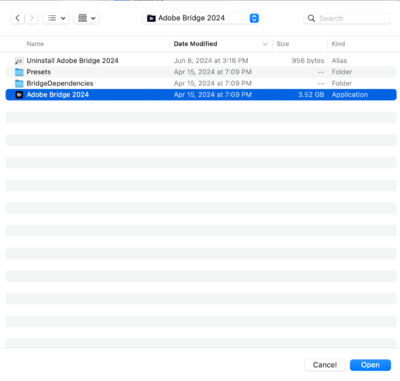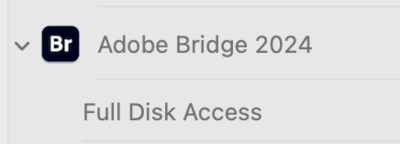-
Posts
4,094 -
Joined
-
Last visited
-
Days Won
49
Member Information
-
Main editing computer
Mac desktop
-
Editing software
Lightroom with Photoshop
-
Monitor Calibrator
X-Rite
-
Cameras, lenses and other photographic equipment
Nikon D4s, Nikon D850, Nikon Trinity, plus a bunch of other expensive crap that I don't need which doesn't make me a better photographer. LOL!! Follow me on Instagram! @jennie.brian.seetheworld
Recent Profile Visitors
9,318 profile views
Brian's Achievements
-
Honestly? If you can hold out for a few more months, I would. The M5 chips are on the horizon, and the Mac Mini will be refreshed soon. 2027 will likely be the Mac Studio with a M5 Chip. The Mac Laptops that usually get the newer chips tend to be ones with the smaller screens; larger screens come later, usually around the time of the Mac Mini refresh. In a nutshell, now is NOT the time to be buying anything when it comes to Macs. If you can wait 6 months, that would be ideal. Now, here is a curveball… Memory (RAM) manufacturers are gearing up to jump on the AI Datacentet Bandwagon. It’s the new “Tech Goldrush” and prices of RAM are insanely high. Why? Limited supply and manufacturers are only producing RAM (in large quantities) for these Datacenters that have yet to be built. Bonus Points, after they build them, the power companies can’t provide power to them, so they sit idle. What does this mean for us? The RAM Prices are going to push Apple’s profit margins. Since there is no upgrading after the fact, you have to buy the RAM configuration that you think you will need in a few years and not for right now. Adobe keeps adding AI Crap and other fancy tools / bloatware, which causes a higher demand on hardware performance. So you are right to be concerned about Cores and such. Kudos to you. The days of CS6 are gone, and Adobe wants to keep people hooked on their subscription model so they keep adding things which then in turn add more hardware requirements, which determines what you pay. It’s a stupid cycle. So what to do? At the end of the day, it’s your money. The M4 units should work perfectly fine for the next 5-7 years. If you want a 7-8 year lifespan, then look towards the M5 line when they are released. I would not buy a 14” Laptop for photo editing, unless you absolutely have no choice otherwise. A 16” M4 MBP would work for about 5 years or so, just be sure to purchase AppleCare because that Lithium-Ion Battery will need to be replaced in 3-4 years on average. Plus, you will need to purchase ALL the upgrades that your heart desires, because there is no upgrading after the fact. This is such a hard time for me to write a concrete set of upgrade instructions, and I’m waiting on Apple to release things, which is why nothing has been touched. Adobe’s products are relying on the Video GPU and Dedicated Video Memory more-and-more, with each and every update. So make sure you have as many Video Cores that you can afford and at least 64GB RAM. 1TB HD is a Minimum, and I’m toying around with the idea of 2TB being optimum. it just sucks that all of this costs so much money. Use my current recommendations as a guide, and if you want to buy more of something, that’s perfectly fine.
-
Huzzah!!!
-
Are you running any antivirus software or malware scanning software? If so, disable it and try it again. The other thing you can try is right-clicking on the .exe file and select, "Run as Administrator."
-
The main issue is, you need A LOT more storage than you think you do! A Mac Computer does not distinguish between an internal or external hard drive; as far as the macOS is concerned, they are all mounted devices. What does this mean? If you go above 80% ON ANY HARD DRIVE, INTERNAL OR EXTERNAL, >>> PERFORMANCE TAKES A HIT!!! <<< Unfortunately, I'm seeing full hard drives everywhere. You NEED like 12TB or 18TB or larger. Stop it with these smaller hard drives!!! As far as getting a bigger internal HD for your Mac...I've got news for you... It's not possible. Surprise!!! When Apple switched over to the Apple Silicon Chips (M1-M4, and soon to be M5,) there is no upgrading after the fact. Why? Because the HD controller chip is built into the CPU Chip itself. The only HD media that works with the Apple Silicon is Apple HDs, and guess who doesn't sell Apple Internal HDs? Apple!! Same thing with RAM, what you buy is what you get. If you want to add more RAM or get a bigger internal HD, you are buying a whole new computer. Think of the new Mac Desktops / Laptops as glorified iPads; if you find that you want more RAM or bigger HD a few years down the line after the initial purchase, you are SOL. Upgrading RAM & HD? That thinking was 20-30 years ago. Now they want you buying new computers sooner, rather than later. Fun Times... This is why I configure my recommendations of WTB as I do, yes...they are expensive, but there is a "Method to my Madness." I'd rather have you fork out more money up-front, and grow into your purchase and have it last as long as possible. When I configure my computers, I have a 7-8 year lifespan in mind. Otherwise, you are buying a new computer every 18-24 months, if Apple had their way. So what do I recommend? Honestly? I'd get a Sandisk 18TB Thunderbolt HD and hook it up to a TB port on your Mac. The Throughput on a TB Drive is like working off an internal HD, even if it's a spinning EHD. Then store your images there. Now, I'm sure you just clicked that link and said out loud, "$693 for a fucking EHD? Are you serious?!?!!!" I'm dead serious. $693 (plus tax) is WAAAAAAAAAYYYY cheaper than forking out $4000-$5000 for a new Mac.
-
-
Thank you so much for the link, now I know what we are dealing with. APFS FORMAT IS FOR SSD DRIVES / Flash-based Media. Mac OS Extended (Journaled) is meant for Spinning / Traditional Drives. How do I know that it's a Traditional / Spinning HD? From the price and specs. a 6TB Flash Based Drive is closer to $800 than $149. Let's begin... Believe it or not, you know the bulk of what we need to do, as you have done it already. I'd remove all external drives as a precaution, or simply right-click and select "Eject." Then head to Application Folder >> Utilities >> Disk Utility. From there, select that WD MyBook 6TB Drive and choose the "Erase Button" at the top. Give the HD a name, and when it asks for a Partition Type, you want Mac OS Extended (Journaled). >> JUST THAT ALL BY ITSELF, NO CASE SENSITIVE, NO ENCRYPTED, none of that stuff!! JUST PLAIN 'OL MAC OS EXTENDED (JOURNALED)!!! << Here is a shot of my 12TB external. Give it a name of your choice, something obvious, like "Time Machine." I'm sure there will be a few warning pop-ups, asking if you really-really want to do this, click Yes/OK/Confirm, whatever. Wait a few seconds and the drive will format. Close out of Disk Utility, and head back to the Mac Desktop. Right click on the WD EHD, and choose "Get Info." It should say Mac OS Extended (Journaled) for the Partition Type. Close the Get Info Box. Hook up all your external hard drives, if you can, and I'd do a restart. This will make sure everything is mounted. Once restarted, we will dork around with Time Machine. Head to the System Settings, Click the Gear Icon on the Dock Bar and select "General," you should see Time Machine on the right. System Settings >> General >> Time Machine. From there we want to add that WD 6TB EHD as your Time Machine Drive. We want to add that WD 6TB EHD to be the drive that's used for "Time Machine," by clicking the "+" sign at the bottom / lower-left corner... ...and selecting the drive we want to use for Time Machine: Then choose "Set Up Disk..." After it's selected to be a "Time Machine" Drive, click Options and be sure to exclude ANY External Hard Drives that have your Data / Images on them. >> Time Machine is really only meant to backup your Internal "Macintosh HD" Drive. << It is not good practice / really-really-really bad, to backup your externals to your Time Machine Drive. That's how you get into trouble; you are backing up your backup files to a Time Machine Drive that is serving as your backup. It's like a closed loop, got it? Meaning it is a recipe for disaster when the time comes to restore things. Plus, it's real easy to fill up a drive configured like that. Just...don't. (This is what started this mess, along with the wrong partition type.) Here is what my Time Machine Options look like, noticed how my externals are excluded, along with the actual Time Machine Drive: If you need to add any external HDs to be Excluded, just click the "+" sign and select the drives. (See a theme here? Apple makes this pretty straightforward.) Then click Done and close out of Time Machine. It should start the initial backup, which might take a few hours, then it's set to backup each hour. That should be it at this point, let me know if there are any problems.
-

Tablet for editing - ASUS ProArt14 (or 16)
Brian replied to Steve's topic in The Windows & PC Hardware Forum
I'd be more concerned with editing on a plane / airport, as the light around the tablet WILL change how you see your colors. Just like a laptop. So for culling and passing the time, sure. For serious editing work...you want to do that at home, in the area that you normally edit in. Give it a shot and report back. I'm curious. -

Nvidia 4080 is good, but what about the 5000 series?
Brian replied to Linda Wilson's topic in The Windows & PC Hardware Forum
RTX 5070 or 5080, with at least 8GB of dedicated Video RAM, using the NVIDIA Studio Drivers. (The more VRAM the better, like 12GB or 16GB+.) The "Studio Drivers" are meant for programs like Adobe Photoshop and Lightroom. The default Drivers are meant for Video Games / General Computing. I have never been a fan of the "60" or "50" of NVIDIA's lineup. (i.e. 3060 / 4050, etc.) -
It could very well be a sensor issue (repair) that Canon needs to get involved.
-
YES. Also yes, but with Jazz Hands. That's what started us down this whole "Rabbit Hole," and I feel that it started with the WD software screwing up and creating things in the wrong parititon. I mean, how would you know that "Case-sensitive, (Journaled)" would cause you so much grief? In reality, ALL of your HDs need to be erased that have the Case-sensitive BS. Fortunately, it only sounds like that WD HD is the culprit and it had your files. In addition, if you had your Time Machine Backup files on it, I wouldn't worry about those either; with it being in the wrong format, those Time Machine files are worthless. Good times, eh? The good news is, you have Backblaze and this time it's saving your butt AND we can start a fresh Time Machine Backup. So get that Thumbdrive squared away and your files restored. Then once that is completed, I want to erase that WD 4TB EHD and re-partition/format it to the correct format. Is that EHD a traditional spinning drive?
-
WD Discovery Software?!!! Oh FFS... ::: BRIAN SMACKS HEAD AGAINST THE WALL ::: This just got a whole lot more complicated. You do not need any of that crap software that the manufactures include on their drives. Right now I want that WD Discovery software GONE. I will warn you, it's a bit messy and you will need to manually delete files and folders after the un-install. What I think we should do now, is remove all externals from the computer. I don't want anything hooked up, just you and your Mac. Then we are removing that blasted Western Digital Software, as I think it's getting in the way, trying to "help." I found these instructions, here is a screenshot of them: After you complete ALL the steps. REBOOT. The WD Discovery Software is trying to manage your new Thunderbolt Drive, along with all of the other drives on your computer. It is not needed; everything is built into the macOS, like Disk Utility...THAT is the only thing you need to manage hard drives. Get that software removed, and report back. At this point, I'm not worried about Bridge. While we are at it, I'm sure WD Drive Utilities software is also installed. (This is probably where the HD setup got screwed up, with the Case-sensitive Garbage.) So let's REMOVE WD DRIVE UTILITIES as well. BTW: It's not you who I'm frustrated at, it's the blasted Manufacturers. WD has been doing this stuff with their blasted software since the 1990's. It just causes so much grief, configure things incorrectly, and just gets in the way. Partitioning / Formatting a drive isn't that difficult, but they just use this fancy GUI software that is supposed to make you feel better about your purchase. The truth is, their software sucks...and has since I first dealt with in in 1993. So I want ALL Western Digital Software GONE-GONE-GONE. Why do they include it? To cut down on tech support calls / to save them money.
-
Alright, I'm back at my Desk. I want you to try this: Open Preferences (Gear Icon on the Dockbar.) Head to Privacy & Security Select Full Disk Access From there you should see a list of programs that have full disk access. Lightroom / Photoshop might be at the top: We will need to add Bridge CC to this list. Click the + sign towards the bottom, on the left side of the Full Disk Access Column. It will ask you for your logon password, enter it and click Modify Settings. It should open up your Application Folder, find the version of Adobe Bridge Folder that you are using in the list. On my computer, that's Adobe Bridge 2024: Select it, and click "Open." From there, select the actual Bridge 2024 (or whatever version you are using) Program File: Click Open at the bottom; Bridge should now be in the list: Now head back to Privacy & Security, and select, Files & Folders. Make sure Adobe Bridge has Full Disk Access, it should: Click the Red Circle / Close Button at the top of Privacy & Security, and for giggles, restart your computer. Then try ratings again. It should work.
-
Interesting. Buy it and report back!
-
I’m wondering if this is a permissions issue? Hmm. Hang on until I get back home from my day job. we will check what access Bridge has on your HD. If it doesn’t have permission to add to the files, like ratings, you will get a whole lotta nothing. We still need to nuke the Time Machine Drive, that’s a traditional spinning EHD, yes?
-
Another thing you could try, is lowering the resolution of your camera; lower it from 45MP to 25MP (or even lower) at the higher ISOs. That might help with the noise. In reality, most people only “need” between 16-20MP.

